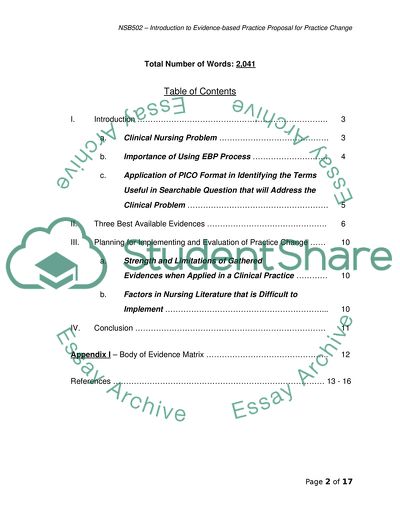Cite this document
(Planning for Implementing and Evaluation of Practice Change Case Study, n.d.)
Planning for Implementing and Evaluation of Practice Change Case Study. Retrieved from https://studentshare.org/nursing/1716174-nsb502-introduction-to-evidence-based-practice-proposal-for-practice-change
Planning for Implementing and Evaluation of Practice Change Case Study. Retrieved from https://studentshare.org/nursing/1716174-nsb502-introduction-to-evidence-based-practice-proposal-for-practice-change
(Planning for Implementing and Evaluation of Practice Change Case Study)
Planning for Implementing and Evaluation of Practice Change Case Study. https://studentshare.org/nursing/1716174-nsb502-introduction-to-evidence-based-practice-proposal-for-practice-change.
Planning for Implementing and Evaluation of Practice Change Case Study. https://studentshare.org/nursing/1716174-nsb502-introduction-to-evidence-based-practice-proposal-for-practice-change.
“Planning for Implementing and Evaluation of Practice Change Case Study”. https://studentshare.org/nursing/1716174-nsb502-introduction-to-evidence-based-practice-proposal-for-practice-change.


